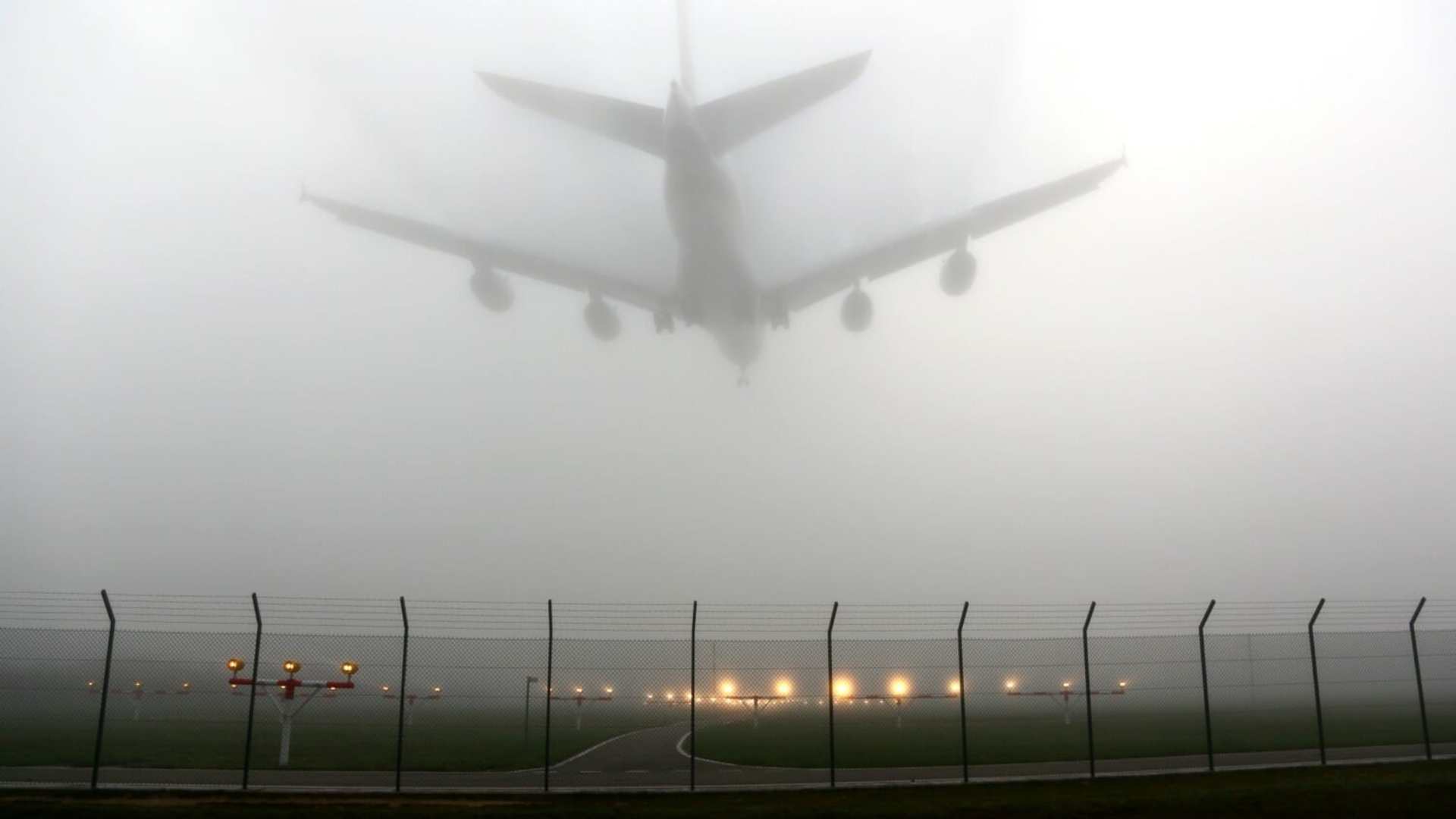Dense fog continued to disrupt air travel in Delhi for the second consecutive day on Saturday, leading to the diversion of 19 flights and delays to more than 200 others at Indira Gandhi International (IGI) Airport. The visibility in the capital and its surrounding areas, including Noida, Gurugram, and Ghaziabad, was significantly reduced due to the fog, which had already caused over 400 flight delays on Friday.
Challenges of Low Visibility
The dense fog created significant challenges for flight operations, as aircraft rely on precise visibility and navigation to land safely. The low visibility conditions affected the movement of aircraft on the runways and at airports not equipped for such severe weather.
Instrument Landing System (ILS)
To ensure safe landings during such conditions, airports rely on an advanced navigation system known as the Instrument Landing System (ILS). ILS provides both lateral and vertical guidance to pilots. This system includes several critical components:
- Localiser: Guides the pilot laterally to ensure the aircraft is aligned with the runway centerline.
- Glide Path: Provides vertical guidance, ensuring the correct descent angle.
- Distance Measuring Equipment (DME): Measures the slant distance from the aircraft to the runway’s touchdown point.
- Runway Lighting and Markers: Offer visual guidance to pilots as they approach the runway.
Radar instruments are also used in conjunction with the ILS to guarantee the aircraft remains on the correct path, despite the poor visibility.
Delhi Airport’s Readiness
Delhi’s IGI Airport is equipped with four Category 3 (CAT 3) certified runways, a crucial infrastructure feature for landing in low visibility. The CAT 3 certification allows the airport to handle landings with visibility as low as 50 meters, ensuring the safety of flights in foggy conditions.
ALSO READ: Stampede-like Chaos Erupts At Dhirendra Krishna Shastri Event In Maharashtra’s Thane




















